#florida/california
Text
I'm curious USians! How many of you live in one of the top ten most populated states
Please reblog if you'd like 😘
#america#usa#california#texas#michigan#ohio#illinois#pennsylvania#florida#georgia#north carolina#new york#tumblr polls#geography#tumblr
520 notes
·
View notes
Text
Note: Reasons to Be Cheerful has had weirdly huge formatting issues for the past six or so months, so if that version is a mess, this link should work better.
"Florida Power & Light Company (FPL), the Sunshine State’s largest power utility, employs all the people you might expect: electricians, lineworkers, mechanical engineers — and a few you might not. For over 40 years, the company has kept a team of wildlife biologists on staff. Their task? Monitoring the giant carnivorous reptiles that reside in one of the state’s nuclear power plants.
Saving the American Crocodile
What sounds like a low-budget creature feature is actually a wildly successful conservation story. It goes like this: In 1975, the shy and reclusive American crocodile was facing extinction. Over-hunting and habitat decline caused by encroaching development had pushed its numbers to a record low. By 1975, when it was listed as endangered under the Endangered Species Act, there were only 200 to 300 left.
Three years later, in 1978, workers at the Turkey Point nuclear power plant in Homestead, Florida happened upon something that must have made them gasp: a crocodile nest along one of the plant’s 5,900-acre “cooling canals.” Rather than drive the crocs away — perhaps the easiest solution — FPL hired a team of biologists and implemented a Crocodile Management Plan. Its goal was unconventional: provide a suitable habitat for the crocs within the workings of the nuclear power plant, allowing both to coexist.
Over the course of the next 30 years, FPL’s wildlife biologists monitored nests, tagged hatchlings and generally created a hospitable environment for the reptiles. As it turned out, the plant’s cooling canals provided an ideal habitat: drained earth that never floods on which to lay eggs directly adjacent to water. Over the years, more and more crocs made the cooling canals home. By 1985, the nests at Turkey Point were responsible for 10 percent of American crocodile hatchlings in South Florida. In 2007, the U.S. Fish and Wildlife Service downgraded the American crocodile’s status from endangered to threatened, singling out FPL for its efforts.
The program continues to this day. To date, biologists have tagged some 7,000 babies born at the plant. In 2021, there were a record-setting 565 crocodile hatchlings at the Turkey Point facility.
"Reconciliation Ecology"
Turkey Point’s efforts are an example of what is known in the conservation world as “reconciliation ecology.” Rather than create separate areas where nature or animals can thrive in isolation from humans, reconciliation ecology suggests that we can blend the rich natural world with the world of human activity. Michael Rosenzweig, an emeritus professor of ecology and evolutionary biology at the University of Arizona, was a leading force in establishing this concept. The author of Win-Win Ecology: How the Earth’s Species can Survive in the Midst of Human Enterprise, Rosenzweig has pointed out that although human encroachment has typically been considered a threat to biodiversity, the notion that the world must be either “holy” or “profane,” ecologically speaking, is simply not true.
“In addition to its primary value as a conservation tool, reconciliation ecology offers a valuable social byproduct,” writes Rosenzweig in his first chapter. “It promises to reduce the endless bickering and legal wrangling that characterize environmental issues today.”
-via Reasons to Be Cheerful, May 5, 2022. Article continues below. All headings added by me for added readability.
Dr. Madhusudan Katti, an associate professor in the Department of Forestry and Environmental Resources at North Carolina State University, was inspired by Rosenzweig when he did his postdoc at Arizona State. Katti has now been in the field of reconciliation ecology for two decades and teaches classes on the subject. “To me it’s finding solutions to reconciling human development with biodiversity conservation,” Katti says.
This common ground between development and conservation can be consciously planned, like FPL managing a crocodile habitat at a nuclear power plant or the state-sponsored vertical gardens and commercial farms on high-rise buildings in Singapore. Other examples include the restoration of the coral reef around an undersea restaurant in Eilat, Israel, or recent legislation in New York City requiring patterned glass on high-rise buildings, making windows more visible to migratory birds. Other planned examples of reconciliation ecology can be more individually scaled: a rooftop garden in an urban setting, modifying your garden to earn a “backyard bird habitat” certification from the Audubon Society, or even just mowing your lawn less often...
Reconciliation Ecology: Nature's Already Doing It Without Us
But there are countless examples of “accidental” incidents of reconciliation ecology, as well. One of Katti’s favorites is the kit fox of California’s San Joaquin Valley. “The kit fox was one of the very first species listed on the Endangered Species Act,” Katti says. Its decline was caused by habitat loss through agricultural and industrial development, as well as the extermination of the gray wolf population, which led to an increase in coyotes. So kit foxes adapted and moved to new habitats. One of these was the city of Bakersfield, California.
“Bakersfield, surrounded by oil pumps, would be the last place you’d expect to find an endangered species,” Katti says. But researchers think kit foxes have migrated to Bakersfield because they actually have more protection there from predators like coyotes and bobcats. “The kit foxes have figured out that if they can tolerate the human disturbance and live with people, then they are safer from all these other predators,” he says.
Living in the city has led to some interesting behavioral changes. In the wild, for instance, a female kit fox gives birth to her young and raises them by herself in a den. But in the city, researchers have observed multiple females raising their litters together in the same den. “It’s like a form of cooperative breeding,” Katti says. “That wouldn’t happen in the wild.” ...
The Big Picture: How We Think about Conservation
Reconciliation Ecology isn’t just we humans welcoming animals like crocodiles and foxes into our environments, though. It’s also living with nature in a way that most Western societies haven’t done since the Enlightenment. “In recent years, there’s been a recognition that the ‘fortress conservation’ model — keeping nature separated from humans and not thinking of or valuing human-inhabited landscapes — those ideas are outdated,” says Katti.
In fact, in Katti’s classes on reconciliation ecology, he embraces the notion of reconnecting people with their land if they have been unjustly separated from it. “The term reconciliation also applies to all the colonial legacies where both nature and people have been harmed,” Katti says. “For Indigenous communities, the harm done to ecosystems, it’s happened together. So you can talk about addressing both. That’s where a lot of my thinking is at the moment.”
A hopeful version of this sort of reconciliation is happening in California where colleagues of Katti’s who are tribal members are re-introducing “tribal burns” in some areas. Controlled burns have been a part of many Indigenous cultures for millenia, both as a way to prevent devastating forest fires, but also to encourage the growth of certain plants like hazel that are used for basket-weaving and other crafts.
“The notion that people don’t belong there and ‘let nature take care of itself’ doesn’t really work,” Katti says. “That’s the legacy of Western European Enlightenment thinking — a divide between human and nature. That is a real faulty view of nature. People have been part of the ecosystem forever.”
-via Reasons to Be Cheerful, May 5, 2022
#a bit older but still ongoing/relevant and still very cool#florida#crocodile#reptile#ecology#environment#sustainability#endangered species#united states#california#kit fox#nuclear power plant#reconciliation#colonialism#the enlightenment#conservation#human beings#good news#hope#urban ecology
1K notes
·
View notes
Text
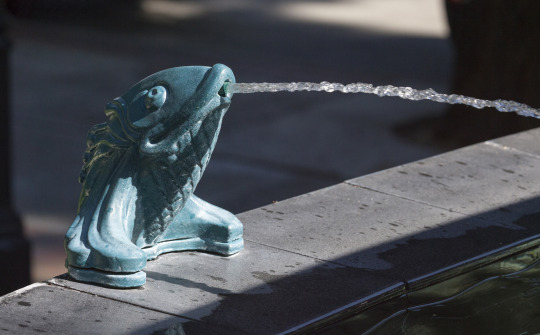
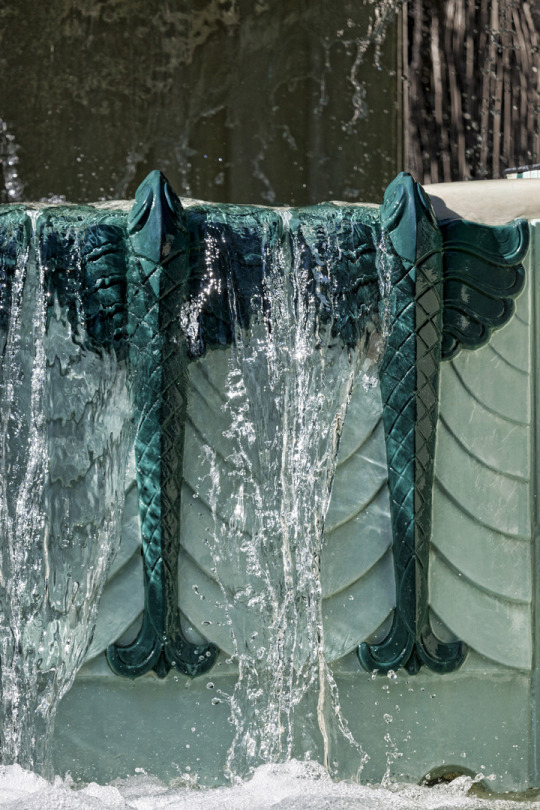



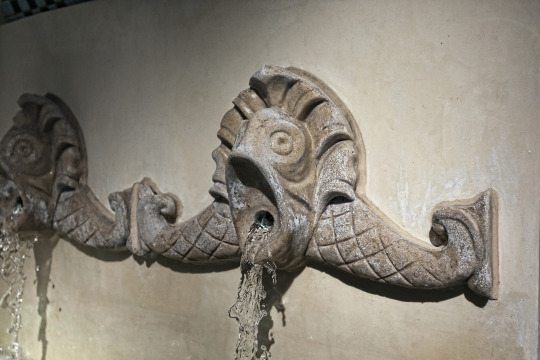
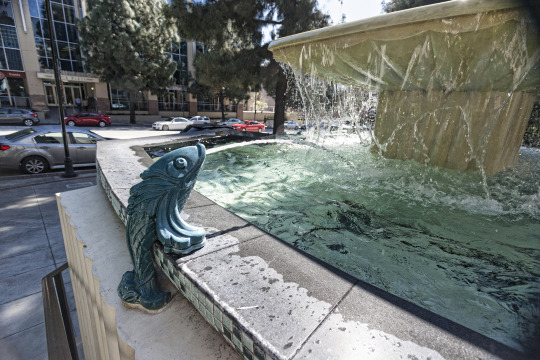
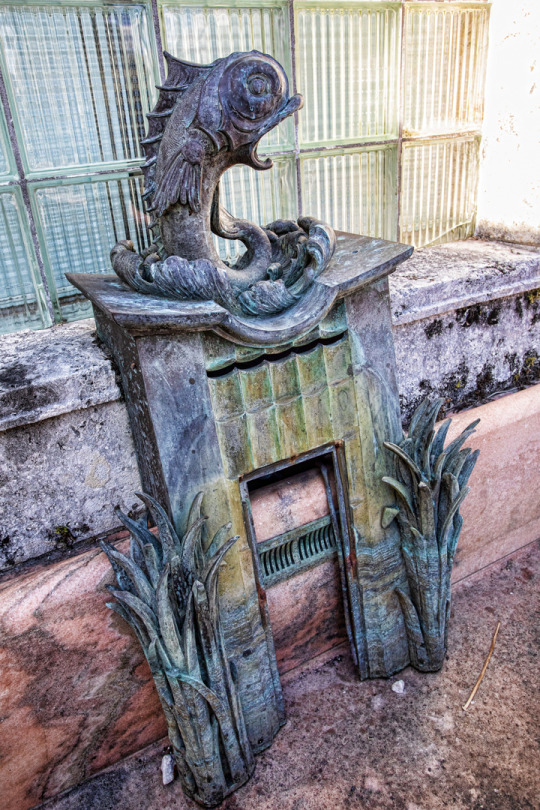

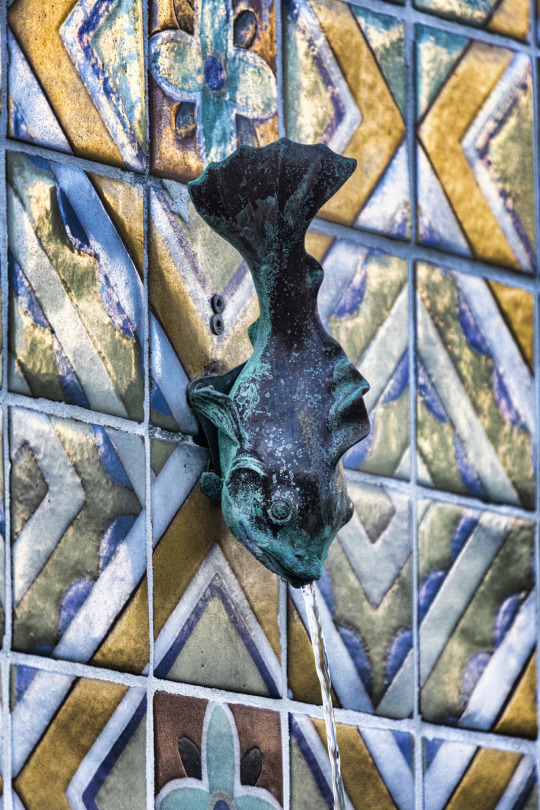



HOLY SHIT, IT'S ART DECO FISH FOUNTAIN FRIDAY !!!
258 notes
·
View notes
Text

🍆💦💦💦
#uk trans#trans tumblr#igbtq positivity#colorado#california#florida#igbtq community#igbtq pride#trans genocide#transgurl#transsexual#trans pride#london#brisbane#bristol#georgia#Trans is beautiful 🏳️🌈❤️😍thisiswhattranslookslike transpride transisbueatiful transextop liverpool california newyork austr
307 notes
·
View notes
Note
i absolutely adore your art.
are you able to draw (or have you drawn) any flocali ?
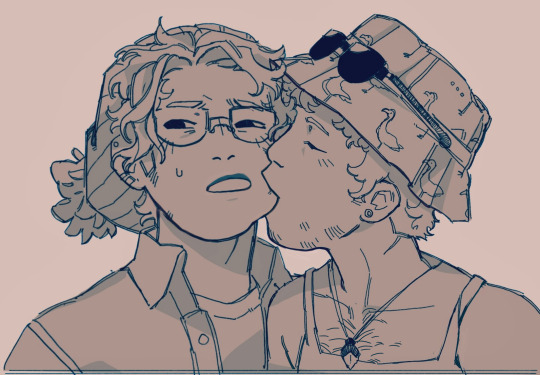
Yeah <3 girls when California. By noon may he be consumed. (Florida many times tracked mud into the house and it made Cali crumble into dust and get blown away by a gust of air. It was all over the carpet and Florida doesn’t ever bother to clean it up)
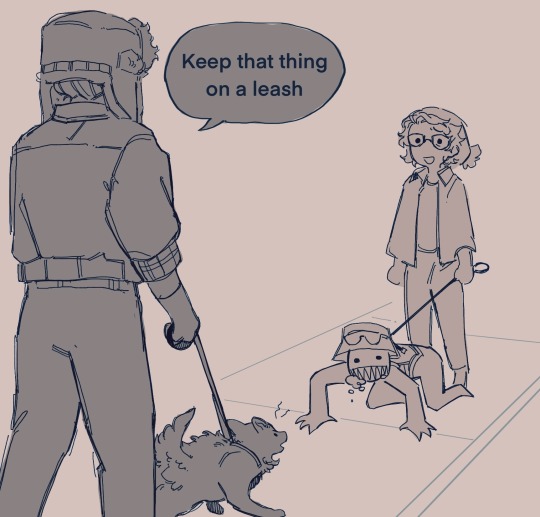
Calm that thing down Cali, dang 😭 every time the neighbors see them they go back inside and watch them thru their curtains out of nervousness and paranoia
#wttt#welcome to the statehouse#welcome to the table#ben brainard#wttt fanart#wttt fan art#wttt headcanons#wttsh#wttsh fanart#wttt california#wttt florida#wttt alaska#wttsh california#wttsh florida#wttsh alaska
224 notes
·
View notes
Text

Need to sleep 😩✨
#me#selfie#follow#mirror selfie#mirror pic#personal#bored#love#pretty girl#cute girls#girl#happy#california#cute girl#florida#asks open#anons welcome#manifesting#loassumption#swimsuit selfie#bikini
146 notes
·
View notes
Text

California: we aren’t supposed to eat meat and if *y’all jus realize that you wud be so much healthier*
Texas: WAIT-
#wttt#wttt fandom#welcome to the table#welcome to the statehouse#wttt california#wttt headcanons#wttt fanfic#wttt texas#wttt florida#wttt new york
198 notes
·
View notes
Text
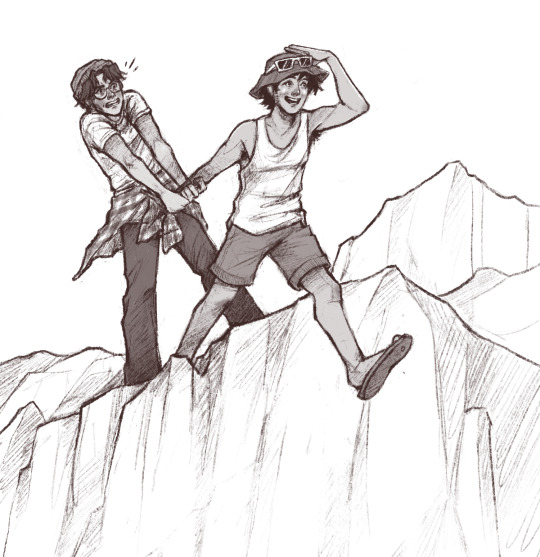
POV: You take your roommate, who doesn't even know what a mountain is, on a hike in the mountains.
It goes about as well as expected.
Expression details and reference used under the cut:



Reference:

@misterinkwell
#omg they were *roommates*#wttt#welcome to the table#florida man in socal#ben brainard#wttt florida#wttt california#this literally took me all day and tumblr made it blurry#a tragedy#florida is every dumb tourist at yosemite tbh#he probably tried to swim on top of the waterfalls#and pet the bears#mur art
382 notes
·
View notes
Text

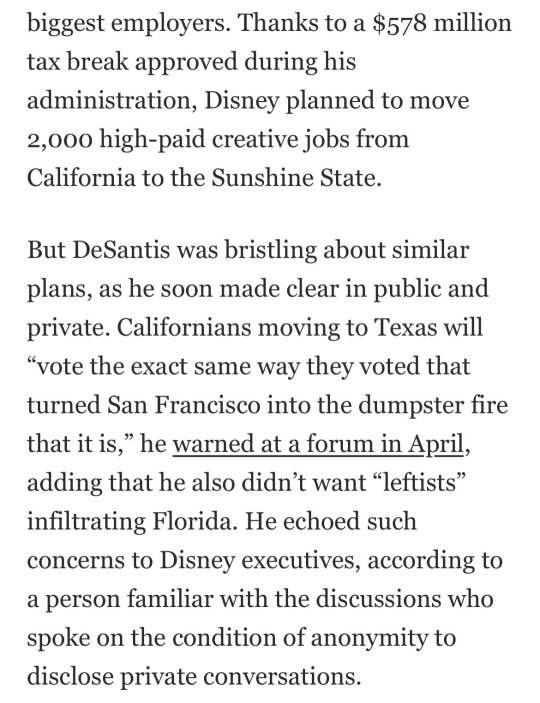
He literally killed 2000 jobs in Florida because he was worried those people would vote Democrat.
505 notes
·
View notes
Text

lily x film x freexmoney
full shoot up on patreon link in bio
182 notes
·
View notes
Text








#lizzy grant#summer#wayamaya#queen of the gas station#may jailer#sparkle jump rope queen#this is a girlblog#lana del rey#lizzy grant summer#coquette#nymph3t#pink#tumblr 2014#beach#beach life#california#florida#moodboard#girlblogging#female hysteria#lana del ray aka lizzy grant#gaslight gatekeep girlblog#girl hysteria#femcel#rose#mermaid motel#siren
81 notes
·
View notes
Text

Trans is beautiful ❤️
#trans#trans artist#trans beauty#trans exclusionary radical feminist#trans man#trans pride#trans rights#transformation#transparent#transsexual#canada newcastle brisbane england newjersy ohio colorado arizona#florida#pennsylvania#miami#denver#dallas winston#truck mounted crane#trans is sexy#sexy titts#sexy content#sexy tease#sexy breast#romantic#romance#michigan#transisbueatiful transextop liverpool california newyork australia detroit transidentity sydney missouri michgan toronto
68 notes
·
View notes
Text

Yayy it's done! Here's the main six engaging in parallel play, i actually really like drawing characters doing that i feel it's very realistic and relaxing
Here's what everyone's doing
Texas is crocheting a blanket.
California is playing a video game.
Gov is just dissociated, he's fine just a bit out of it.
Florida is trying to solve a rubix cube, emphasis on trying.
Louisiana is sleeping.
And New York is jamming out to the lovely sounds of rush E
#welcome to the table#welcome to the statehouse#wttt#wttsh#wttt texas#wttt california#wttt new york#wttt florida#wttt louisiana#wttt gov
83 notes
·
View notes
Text

Trans do it better 💦💦💦
#trans people#igbtq positivity#uk trans#california#colorado#florida#igbtq community#igbtq pride#trans pride#london#igbtqa#georgia#texas#melbourne#brisbane#trans mtf#columbus ohio#west virginia#southbank#bristol#maryland#transgender#transsexual#transfem#trans community#transgirl#trans rights#mtf trans#trans beauty#cardiff
176 notes
·
View notes
Text
does anyone have any strong opinions on which US stae Mystreet would actually be in
#yes im aware the USA is not canon BUT IF IT WAS#ystreet and/or lovers' lane. where is it#i have very limited knowledge on us states#go to in my brain is florida but i have no idea#maybe california cus theyre insuffferable /lh#WHERE#mystreet#aphmau#aphmau mystreet#aphblr#aphverse#beverly says stuff#lovers lane#mystreet season 3
64 notes
·
View notes
Text
I am fighting DEMONS trying to get out of this art block I've found myself in....

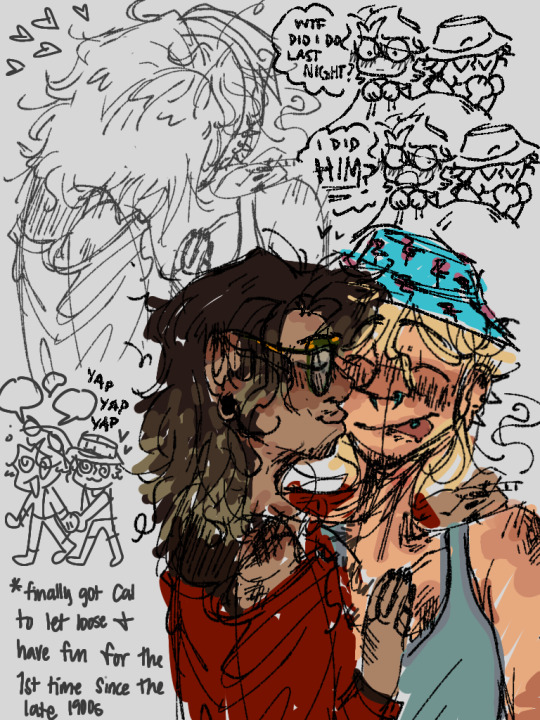
2nd ID: Top right: CA: 1. "WTF DID I DO LAST NIGHT?" 2. "I DID HIM??"
Bottom left: Florida was one of the few people who got California to have fun and let loose for the first time in a good while (different from SoCal/Central taking over for a bit) ever since the late 1900s and California's grateful but never really admits it (florida knows though. He thinks its funny that Cal thinks he's still oblivious even with them being roomates for like nearly a year)
"the hat stays on during sex" florida x california annnndd silly colorado doodle
uh
that's all :3
#wttt california#wttsh california#wttt fanart#wttt#wttsh#wttt florida#wttt colorado#wttsh colorado#wttsh florida#wttt flocali
62 notes
·
View notes